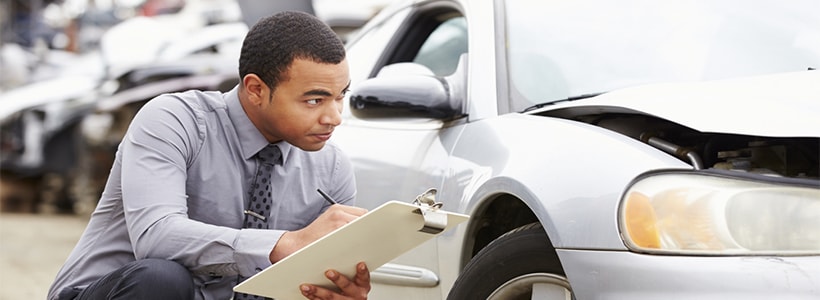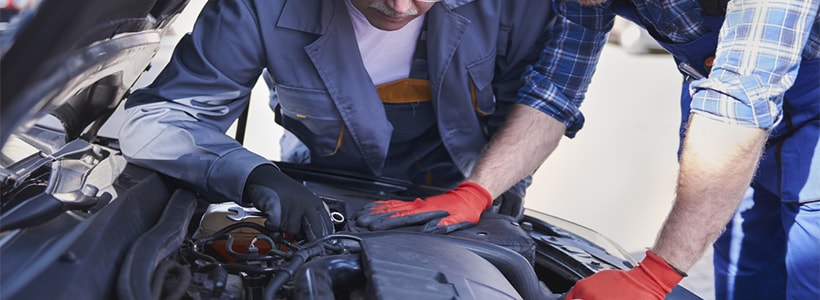
What To Check When Buying A Replacement For Your Scrap Car
1st Mar, 2017
So you’ve made the leap. “I’m going to scrap my car.” you’ve decided. It’s likely, then, that you’re already thinking about getting a replacement vehicle, and unless you’ve bought hundreds of cars before, you might not be a dab hand at the negotiating process. That’s OK, few people are! That’s why we’ve compiled a handy guide on how to check out your new vehicle, ready to take over once you’ve scrapped your car.
Here’s a rundown of our checklist of what to look out for when buying a used car:
- Check the paintwork for any rust spots, dents or scratches.
- Check the spare tyre to make sure it’s not bald.
- Check the wheels are properly aligned.
- Check the underside of the car for any rust.
- Make sure the upholstery isn’t unduly damaged.
- Ensure the air con and heating systems work.
- Check the electronics (such as the headlights).
- Check the engine for dents or damage.
- Check the hoses and belts are intact and working.
- Look out for any leaks or corrosion.
- Check the oil levels.
- Ensure there’s no foam on the oil filler cap.
If that sounds like a lot, don’t worry! If you just do it all methodically, it’ll start to come naturally anyway. Here, let’s walk you through it.
Look at the bodywork

Before you do anything else, make sure that you’re inspecting the car on level ground. That way, you can accurately judge if anything’s sticking out at a funny angle, which might be trickier if you’re viewing it on a hill or some other angled ground. Let’s start with the most obvious thing – take a careful look at the paintwork, and check for damages or scratches that weren’t mentioned in the advert. Even if you’re not dead fussed about the paintwork – a possibility if you’re buying second-hand – chipped paintwork could be an indicator that the car hasn’t been treated well in other ways, so can be a helpful early warning for you if you’re on the lookout. Keep your eyes peeled for any rust spots, dents or scratches, and make sure the boot is OK.
Speaking of the boot, if the car has a spare tyre make sure to check it’s not bald or damaged. If it is then it’s useless, and you definitely shouldn’t be being charged for it. The tyres on the wheels should be worn evenly and should all match – none should be ‘feathered’ or misaligned. If you can, it’s a good plan to inspect the exhaust system or the underside of the car for any under-body rust (we find it’s easier to do this when there’s a jack involved, by the way). Better safe than sorry!
Taking a look under the bonnet

You might well be more confident with what you’re doing here. The upholstery is the place to start – make sure they’re not stained, damaged or torn. Give the air con and heating systems a decent blast respectively, to check that they’re in good working order, and it’s a good opportunity to check that all the other electronics are working too – not least the controls for the headlights on the car, for example. Under the mats in the footwells is a known spot for rust to hide, too, which could be expensive if you don’t catch it in time.
Then it’s the big daddy: the engine. You’re looking for dents, damage or rust, and while you’re at it none of the hoses and belts should have any cracks either. If they do, you might have another scrap car on your hands sooner than you bargained for. Also be on the lookout for any leaks or corrosion, and have a ganders at the brake fluid and reservoir to make sure it’s not leaking. Sniff around a bit for the smell of burnt oil or antifreeze, and check the oil levels – oil should be clean and plentiful. If there’s foam residue on the oil filler cap, by the way, that’s less than ideal (a phrase which here means: catastrophically bad), so that’s definitely one to be certain of before you finish your engine check.
Key Points To Remember Before You Scrap Your Car

Finally, make sure nothing’s been modified – whether for racing or otherwise – and if there’s anything you’re unsure of, don’t be afraid to ask. You’re the one who’s paying the money, after all, and you’re not looking to make friends, despite what the salesman might want you to think. Acting offended in the face of hard questioning is a very old sales trick, so don’t fall for it!
Before you do all that, though, first you’ve got to scrap your car. Happily, here’s where we can help even more directly; Scrap Car Network is one of the largest partnerships of scrap car dealers in the whole of the UK. Not only can we get you the best price, but you can give to charity as you do it! Click here to find out how, or alternatively you can get started right away by entering your postcode and car reg onto our website.
Don’t forget to follow us on Twitter: @ScrapCarNetwork